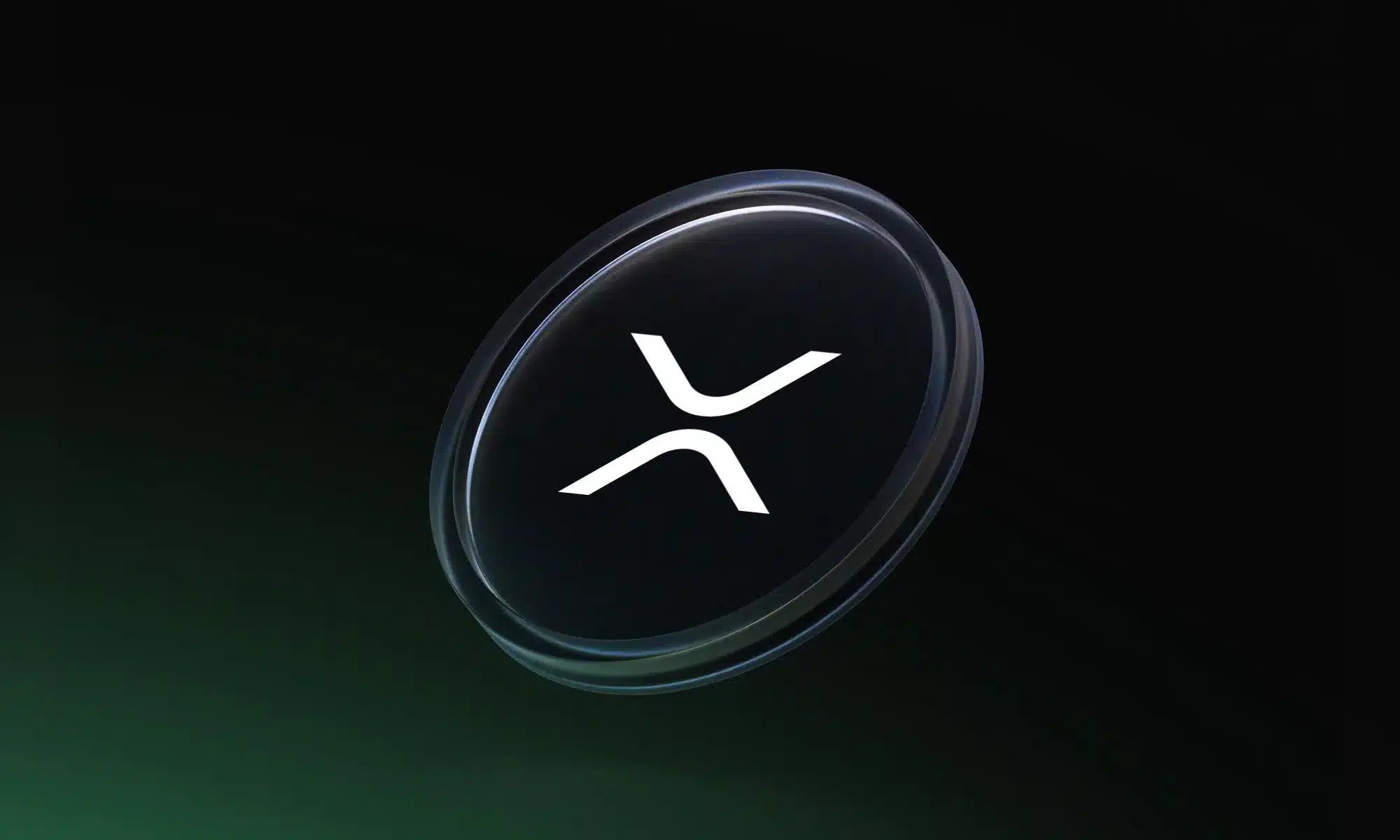Crypto News: Bolivia Considers Interbank CBDC Amid Rising Stablecoin Usage
Bolivia’s Central Bank released a report exploring a wholesale CBDC, the digital Boliviano, to modernize payments and counter stablecoin growth.
The Central Bank of Bolivia issued its first report evaluating a Central Bank Digital Currency (CBDC). Consequently, the bank is looking at implementing the “digital Boliviano.” This initiative aims to get the country’s entire financial system modernized in effect. Therefore, the report represents a significant step towards a possible digital currency.
Central Bank Prioritizes Wholesale Interbank Solution
The bank also recognizes the potential benefits of such currency. A CBDC would enable private banks to efficiently optimize high-value transactions. Moreover, it could not only revamp the sovereignty of the Bolivian Boliviano, but also revamp the sovereignty of the fiat currency. This is extremely important in a more digital world. Thus, efficiency and monetary control are addressed in the study.
In this first phase of evaluation, the bank considered different models. Specifically, it concluded the wholesale, interbank currency would be most useful in the beginning. This model only deals with transactions between financial institutions. Therefore, it would create an optimization of the internal processes of the payment system directly. This affects key financial players in the country.
The report’s use of stablecoins as a key factor is highlighted. For this reason, a central bank probably considers a CBDC a necessary countermeasure. It aims to keep monetary control in the digital age effectively. Furthermore, the fact that a wholesale CBDC is a controlled environment in which to test. This is because it allows the bank to test the impact of the technology safely.
Moreover, the focus on the optimization of internal payment systems is strategic. It targets existing inefficiencies within the traditional infrastructure of traditional banking institutions head-on. Therefore, near-instant settlement between banking institutions could cut through operational friction dramatically. This improvement improves the overall resilience of the financial sector in a short time.
In essence, the digital Boliviano hopes to improve high-value transaction speed. This improvement could reduce costs to participating financial institutions to a significant level. Ultimately, such benefits would trickle down the entire Bolivian economy. The bank is seriously considering these possible advantages at the moment.
Digital Boliviano Aims to Modernize Financial Infrastructure
Additionally, the report highlights the role of fiat currency sovereignty. The emergence of private digital currencies is a challenge at the global level. Therefore, central banks are considering CBDCs to reclaim their role. Bolivia’s exploration fits this international trend well. This move is aimed at ensuring the successful completion of monetary stability in long-term.
The move to favor a wholesale model is a well-thought-out move. A retail CBDC comes with complex issues such as public acceptance and privacy issues. In contrast, an interbank system makes for a focused and controlled implementation in the first place. This way, there are minimal immediate risks taken for the broader financial system.
What’s more, the potential integration with existing payment systems is critical. The report suggests the CBDC has the potential to improve existing infrastructure efficiently. This prevents the whole overhaul right now. As a result, the transition may be less abrupt and less disruptive on the whole. The bank is focusing on practicality when making its assessment.
In conclusion, Bolivia is taking a proactive approach to digital currency innovation in the present moment. The potential existence of a digital Boliviano can modernize the financial system considerably. But the central bank is being circumspect. It focuses on stability and control in this critical evaluation process. The eyes of the world’s financial community will be focused on the progress of Bolivia.
The post Crypto News: Bolivia Considers Interbank CBDC Amid Rising Stablecoin Usage appeared first on Live Bitcoin News.
You May Also Like

Ripple (XRP) İçin Tarihi An: Kritik Psikolojik Baraj Aşıldı!

Ethereum Price Prediction: ETH To Reach $500,000?
